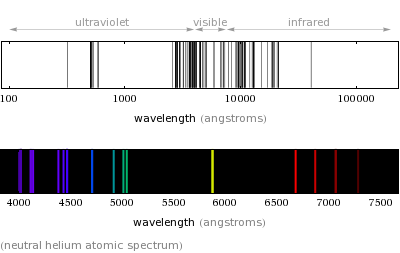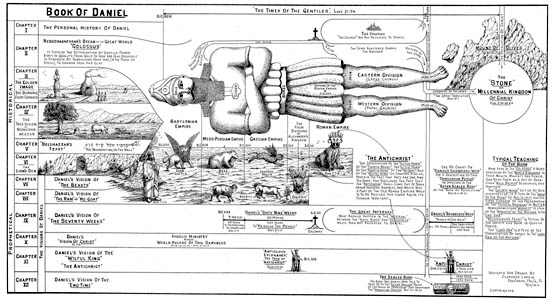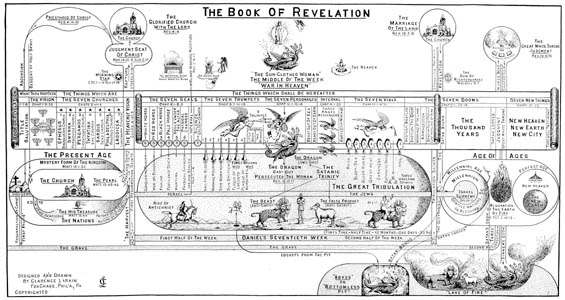I love exploring new technologies, especially the ones still in “startup mode.” Sure, I like the newness of it, but they also give me ideas that help some of my projects. Lately I’ve been beta testing a technology that has led me to expand my thoughts on how to codify the conversations among biblical characters. As an added bonus, I learned of it through a former roommate of mine who is now the lead developer. That means I not only get to play with a new toy, I also get to help out an old friend.
One of their ideas is to re-imagine the way people navigate online discussions. I’ll spare the details for now; just know that my experience has shown this encourages conversations to go on and on with multiple participants. However, it shares a limitation common to almost all such tools: you can only directly reply to one person at a time. The best workaround I’ve seen for this is to “mention” other people so they’ll get a notification of your message even if they aren’t in a “To:” box.
These limitations don’t exist in real-life group conversations. Since I mentioned my goal of defining the conversational structure of biblical people, consider an example in that context. Jesus is speaking with his disciples. One of them raises a question or makes a statement that requires a response from their teacher. Does he respond only to one person? He might, but often he will address the group. Now, complicate it further. A council is arguing theology among themselves. Jesus steps into their conversation, addressing the group to answer multiple questions with one statement. It’s not in direct reply to a single person or point.
Do you see that this could not take place using today’s online discussion tools? True, replies can be seen by the world, but you must address your reply to a specific statement made by a particular person. Incredibly, the oldest communication technology on the internet is the one that allows you the most freedom in choosing intended recipients: e-mail! I routinely get a message that requires a reply and I choose to send it to more people than were originally included. Conversely, I may get a mass e-mail but only respond to the sender. Or, I may send it on to a completely new person. I can’t do that as easily or effectively on Facebook, Twitter, Disqus, etc. Perhaps that’s one reason that e-mail just won’t die.
I can envision scenarios where tools that overcome those boundaries may improve upon real-life exchanges. Maybe someone said something I really want to respond to but can’t because of an interruption. By the time I find a break in the conversation, we’re on a different subject. To speak what has been in my head that whole time would invite awkward stares. To go back in time to an earlier point in a written dialogue might not be so awkward and I don’t have to worry about interruptions. Everyone gets a turn to speak. On second thought, maybe that’s not an improvement after all…
If we can develop computer technologies which allow for the complexities of real-life conversations (startup buddy, I’m talking to YOU!) then I may find a better way to capture biblical exchanges in an electronic database. Doing so may help us better understand the whole arc of the Bible which can help us better understand ourselves. Let’s have a conversation about that some time. Find me on Google+ or in the comment section below.






